In the competitive modern architecture and interior design/product development fields, client presentation is not merely an exercise anymore but a very essential instrument to gaining approvals, funding, and trust. Designers are usually confronted with the difficulty of explaining technical and spatial concepts to clients who might be non-technical. Here is where the usage of modern technologies such as 3D modeling and concept photos has changed the frontier of presenting the client.
3D modelling enables the developers to have realistic and interactive digital images of designs and concept photos show pictures of the planned style, mood, and ambiance that are more appealing to sight. These tools, combined, fill the gap between the imagination and reality and enable clients to have a better grasp and imagery of the offered designs.
This blog is aimed at discussing the way 3D modeling and concept photos will help increase client comprehension and acceptance, especially when it comes to the innovative office space design, and why the use of both tools has become a necessity for professional designers.
What do 3D modeling and concept photos mean?
The 3D modelling process involves the development of three-dimensional digital representations of objects, spaces or even entire environments. When applied to office design, it enables an architect and interior designer to create very precise virtual drawings of workspaces, such as the positioning of the furniture, lighting and even material textures. The clients are able to move in these models as though they were in the actual space, which enables them to have a clear idea of dimensions and the flow of space.
Concept photos, however, are high-quality images that convey design concepts in a realistic fashion. Concept photos are about aesthetics; unlike technical 3D models, their attention is on colors, textures, lighting, and style. They are used to create an emotional appeal and deliver the desired feel of an office environment.
The depth of representation is the skeleton difference between the traditional 2D sketches, concept photos, and full 3D models. At the same time, but differently, 2D sketches can offer simple layouts, concept photos can offer realistic visuals, and 3D models can offer immersive and navigable spaces. Modern designers cannot live without both 3D modeling and concept photos, as they enable them to express ideas better and more professionally.
Improvement of Visualization for the Client
Among the most significant issues in the presentation of clients is the ability to show clients how the final design can be conceptualized out of flat drawings or floor plans. Clients do not know how to imagine how the office layout will work or what it will feel like because they are not able to do it, and therefore they hesitate to give a go-ahead.
In the 3D models, clients have the ability of viewing realistic views of the office space, such as proportions, sizes and connections between spaces. A person can see the layout from several different angles, analyze and evaluate the lighting and placement of the furniture, and even simulate movement through space.
Concept photos make this visualization even more realistic, as it shows the design with realistic textures, colors, and lighting. To design office spaces in an innovative way, concept photos may emphasize such creative features as collaborative areas, breakout areas, or futuristic furniture to make clients emotionally attach themselves to the vision. This mix of technical and aesthetic beauty makes sure that the clients have a complete idea of the concept of design before any implementation can take place.
Enhancement of Communication and Feedback
Mistakes between the client and the designers may result in expensive revisions and postponements. The 3D models and concept photos are visual tools, which greatly minimize communication gaps since they are a tangible presentation of the design ideas.
Clients will be able to provide effective and precise feedback at the start of the process. As an example, they may demand modification of office layout, lighting or furniture placement after going through a 3D model instead of after construction starts. This feedback feedforward also simplifies the iterations and makes designers capable of making corrections without having to incur extra expenses.
Communication based on visual aids is also effective and builds a stronger relationship with the client and the designer. Clients feel listened to and engaged, and this is what makes them have more confidence in the skills and creativity of the design team.
Increasing Client Confidence and Decision-Making
The confidence of the clients is very important in the approval procedure. When the 3D models and concept photos support the proposals, the latter seem more professional, believable and convincing. Clients are able to decide clearly, having the knowledge of what the finished office space will be like and what it will look like.
An example can be a business intending to design a tech-savvy workplace, in which case the 3D walkthrough can be used to illustrate open collaboration areas, individual work pods, and breakout areas. The concept photos may describe the atmosphere provided by natural light, color, and creative furnishing. Such a combination usually results in quicker approvals and lessens the back-and-forth that usually delays project schedules.
Time and Cost Efficiency
In addition to improving communication and confidence, 3D modelling and concept photos are time- and cost-saving. Physical prototypes or mockups are very expensive and time-consuming, but the models are digital and enable designers to make many tests and display various models very rapidly.
The time taken to approve the different designs is also reduced since clients are able to see the design and make decisions on the same digitally. Also, the decreased number of miscommunications and misunderstandings implies fewer redesigns, decreased costs of the projects, and increased use of resources.
Essentially, the inclusion of 3D models and concept photos in client presentations not only enhances the results but also maximizes the project schedules and budgets, which in a commercial design project is a decisive factor.
Using Technology in Presentations
It is now more than ever easier to create immersive and interactive presentations through a variety of tools and software. Software such as 3ds Max or Lumion may be used to create concept photographs, and the software SketchUp, AutoCAD, Revit, or Blender is often used to create a 3D model.
To make the presentations more entertaining, designers can add virtual tours or augmented reality (AR) to them. Clients will be able to explore the office layout in VR or use AR to view the way furniture and design features will fit in their space.
As a way of maximizing the impact, it is necessary to show images in a clear form during the meetings to be able to outline the most important details as well as underline the ways in which the design addresses the functional and aesthetical issues. A combination of storytelling and graphics will deliver to the clients a value of what is offered in the space.
Real-Life Case Studies and Success
A lot of these organizations have succeeded in using 3D modeling and concept photography when designing an office space.
As an example, a technology company preparing an office with flexible working stations proposed 3D simulations to demonstrate flexible workstations, private pods and recreational areas. Idea pictures accentuated contemporary and sunny design and comforting furniture. Within days, the client treated the design as authorized since the graphics made them comprehend the space completely.
When developing co-working spaces within interior design, firms that have been involved in this area have noticed quicker client buy-in using 3D walkthroughs and realistic concept renders. Through these tools, the clients are able to test the layout and materials digitally; therefore, there is less indecision, and the final product is always satisfactory.
The quantifiable changes are evident: improved approval speed, feedback, and client satisfaction, which lead to smoother project implementation and improved client-designer relations.
Conclusion
3D modelling and concept photos have become a necessity among the professional designers in the world of creative office space design. These are the technologies that are improved, which strengthen the visualization, the enhancement of the communication and the confidence of clients, resulting in accelerated approvals, savings, and increased satisfaction.
Using these tools in client presentations, the designers will be able to close this disconnect between imagination and reality and create immersive and compelling experiences that appeal to the clients. Its combination with 3D modeling and concept photos can make sure that every project is properly understood, easily approved and successfully implemented, whether it is an office of a corporation, a co-working space, or a creative studio.
These technologies are a wise and tactical decision to adopt in order to take organizations and design firms to a new level in presenting themselves to their clients. The collaboration with the professionals that know how to use 3D modelling and concept photos can make a big difference in results.
Collaborate with Pluto Planet to introduce the new cutting-edge visualization in your unique office building designs and present the projects to clients in a way that makes them impressed, engaged, and confident.
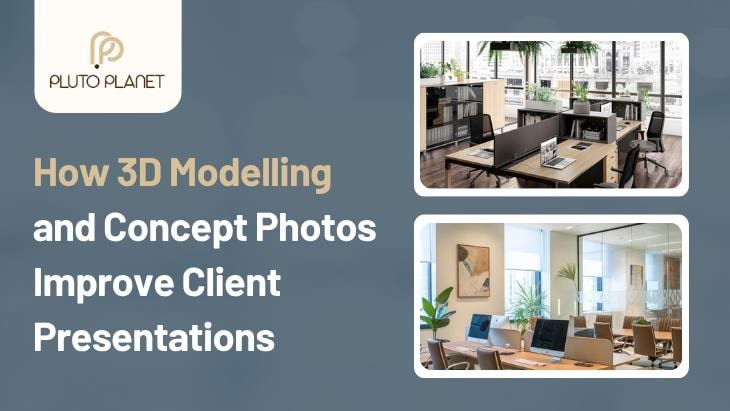



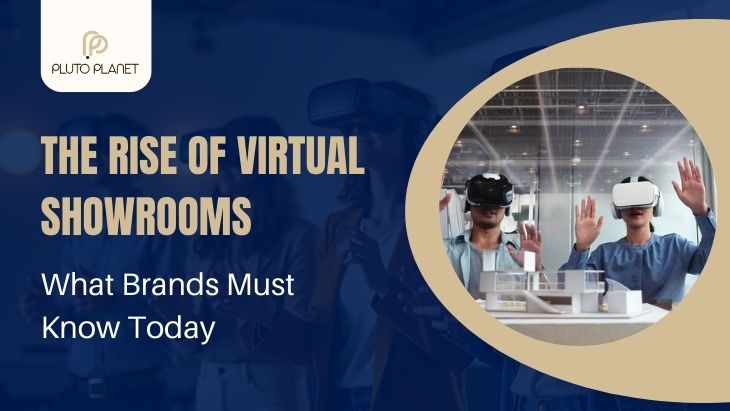
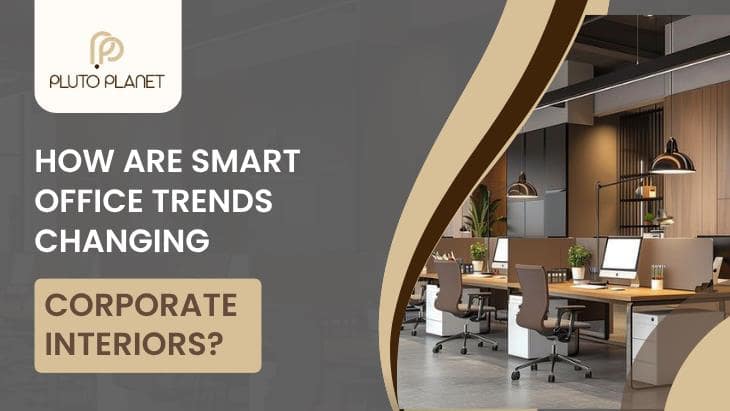
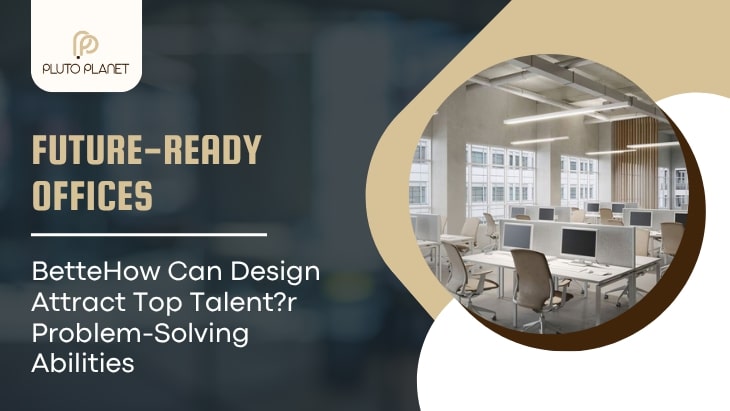
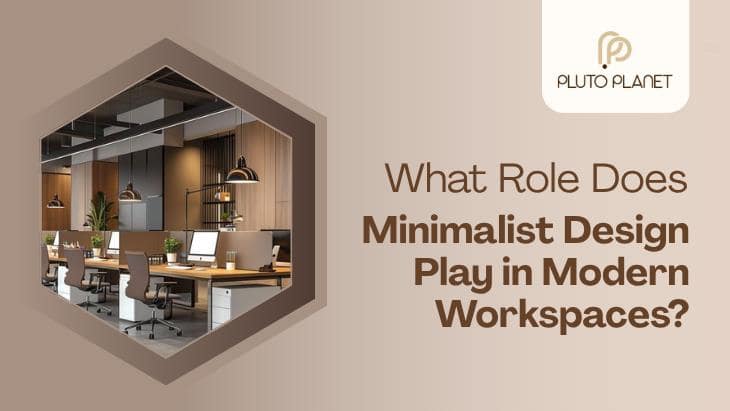

Leave a reply